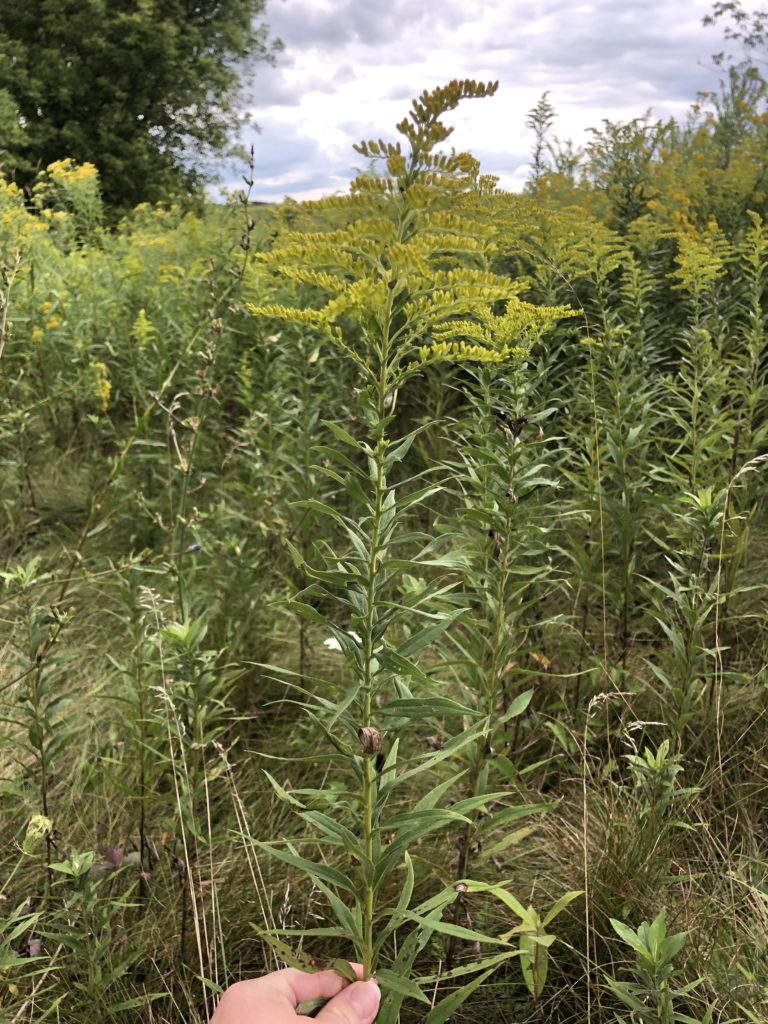Achoo! Goldenrod or ragweed? Know the difference to help pollinators and reduce allergies
- Clinton Conservation
- Jan 10, 2022
- 2 min read
Both ragweed and goldenrod are in bloom right now, but only one is likely causing your sneezing. Both plants produce a ton of pollen – great for pollinators who are starting to store up for the upcoming winter. But for allergy sufferers, high levels of pollen can cause all sorts of problems. Sneezing, runny noses and blurry eyes, just to name a few. Goldenrod is often mistakenly blamed by allergy sufferers because it is more visible and blooms the same time as ragweed.
But goldenrod probably isn’t the culprit, unless you just rolled through a field of it.
Ragweed in bloom

The size of goldenrod’s pollen is too large for it to travel far without the help of pollinators. Ragweed has small pollen easily carried by warm summer breezes. Up to 400 of miles, say some sources. While ragweed is native to North America, there has been an increase in the plant’s size and pollen count over the last few decades as temperatures have risen across the country. This trend is expected into the future. Many varieties of ragweed are resistant to common herbicides which poses an obstacle if you want options to control ragweed around your home. If you choose to pull ragweed, do so thoughtfully, ragweed spreads most commonly by root fragments.

High pollen levels are temporary. Doing outdoor activities first thing in the morning when pollen levels are at their lowest can help reduce the impact on allergy sufferers. Knowing the difference between goldenrod and ragweed can also help you decide where to spend your time outdoors.
To plant goldenrod or other native plants for pollinators this fall, visit our online store: www.squareup.com/store/ClintonConservationDistrict
Learn more:
By: Kelcie Sweeney, Executive Director





Comments